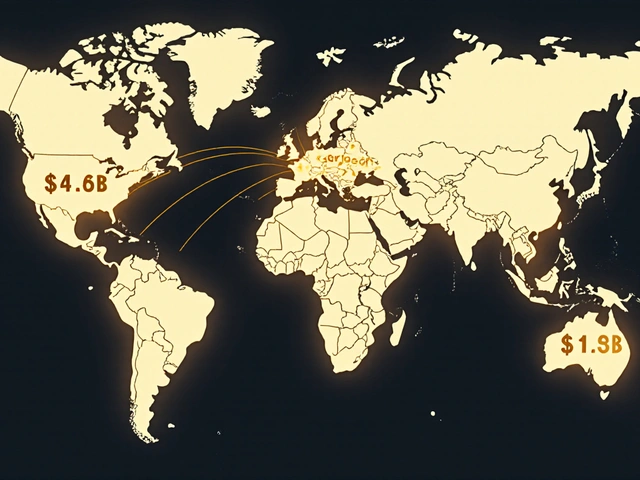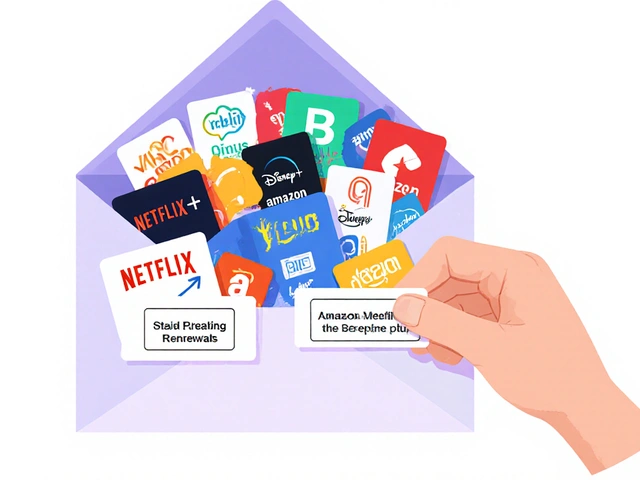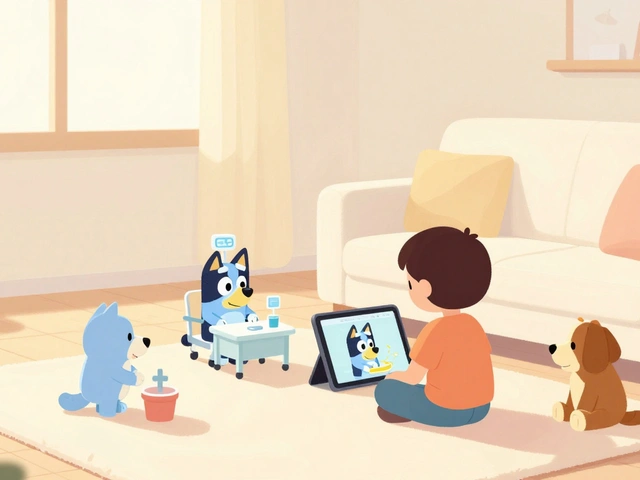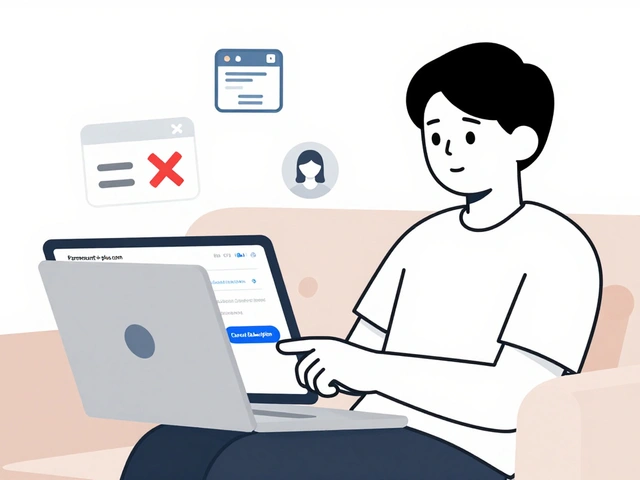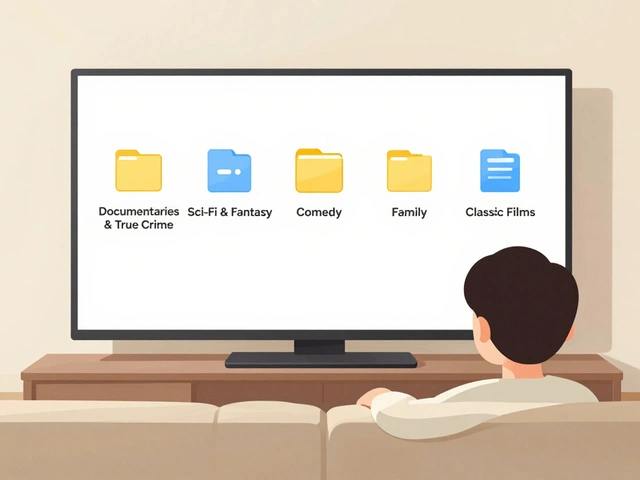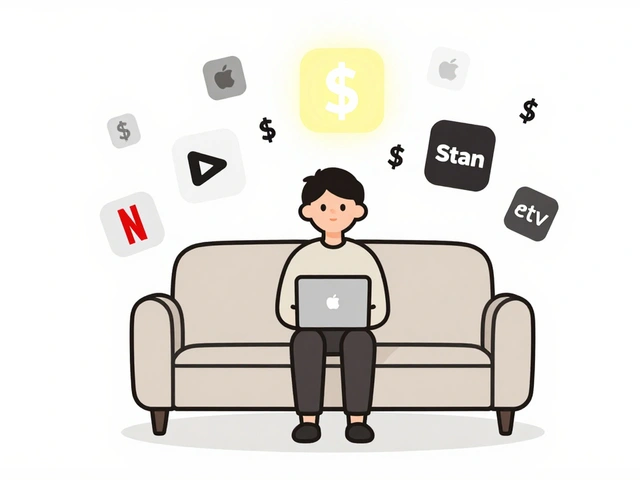17
4 A's of Marketing Explained: Acceptability, Affordability, Accessibility, Awareness

Most campaigns don’t fail because the ad is bad. They fail because one of four basics is off-your offer isn’t good enough, the price doesn’t feel fair, people can’t get it, or they don’t even know it exists. The 4 A’s give you a clean, customer-first way to fix that. Here’s what they are and exactly how to use them in 2025 without guesswork.
- TL;DR / Key takeaways
- The 4 A’s are Acceptability, Affordability, Accessibility, Awareness (Sheth & Sisodia, 2012). They map to: love the product, justify the price, get it easily, hear about it.
- Use them as a checklist before building campaigns: fix product/offer first, then price and friction, then promotion.
- Quick tests: 40% “very disappointed” signal for acceptability; LTV/CAC ≥ 3 for affordability; sub-2s load and same/next-day delivery for accessibility; plan share-of-voice ≥ share-of-market for awareness.
- One weak A will cap growth. Diagnose the bottleneck, run a targeted experiment, measure, then move to the next A.
- Keep it customer-first: what people value, can pay, can access, and can recall beats internal “we shipped the feature” thinking.
What the 4 A’s Mean (and why they beat the 4 Ps when you need clarity)
The 4 A’s reframe classic marketing from the customer’s view. They come from Jagdish Sheth and Rajendra Sisodia’s work on value creation. Where the 4 Ps look inside-out (Product, Price, Place, Promotion), the 4 A’s flip it outside-in:
- Acceptability: Does the offer truly solve the job and meet expectations?
- Affordability: Can customers pay for it-today and over time-without regret?
- Accessibility: How easy is it to find, try, buy, get, and use?
- Awareness: Do the right people notice and remember you at the moment of choice?
This matters more in 2025 because clutter is rising, third‑party cookies are fading, budgets are scrutinised, and distribution (from retail media to on‑demand delivery) is a battlefield. Customer-first thinking helps you decide what to fix next instead of shouting louder with the wrong message.
If you’re used to the 4 Ps, here’s the overlap in plain terms:
- Product → Acceptability (fit and quality)
- Price → Affordability (relative value and payment options)
- Place → Accessibility (distribution and friction)
- Promotion → Awareness (reach and memory)
Two big differences:
- Acceptability is about the customer’s standard, not your feature list.
- Affordability blends price with willingness to pay and cash flow (think subscriptions and BNPL in Australia).
| A | Customer question | Core moves | Useful metrics | Typical risks |
|---|---|---|---|---|
| Acceptability | “Is this good enough for me?” | Improve value prop, quality, UX, service | 40% “very disappointed” test; retention/return rate; NPS; review score | Feature bloat; poor onboarding; mismatch with jobs-to-be-done |
| Affordability | “Is it worth the money?” | Pricing tests, bundles, financing, clear ROI | Price elasticity; LTV/CAC ≥ 3; payback < 12 months (B2B) | Underpricing; hidden fees; discount addiction |
| Accessibility | “Can I get it now, easily?” | Channels, delivery, site speed, availability | Pagespeed < 2s; in‑stock rate; delivery SLA; funnel drop‑offs | Out-of-stocks; clunky checkout; limited channels |
| Awareness | “Do I know/trust it?” | Reach, distinctive assets, PR, partners | Share of voice vs. share of market; aided/unaided recall | Spray-and-pray; weak creative; no consistent assets |
Research grounds this. Sheth & Sisodia (2012) formalised the framework. The 40% “very disappointed” signal comes from Sean Ellis’s product‑market fit test. The link between excess share of voice and growth was documented by Binet & Field (IPA). And site speed and availability effects on conversion have been reported repeatedly by Google and leading ecommerce platforms.
How to Apply the 4 A’s Step by Step
Here’s a simple operating system. Use it quarterly or before major campaigns.
-
Diagnose the bottleneck
- Acceptability: High traffic but low repeat usage? Reviews below 4.0? Onboarding drop-offs?
- Affordability: Quote‑to‑close stalls at price talk? High cart abandon at shipping/payment?
- Accessibility: Out-of-stocks? Slow shipping? Mobile load > 3s? Limited store coverage?
- Awareness: You win when compared side‑by‑side, but few people know you exist?
-
Run the minimum test that could prove or disprove the issue
- Acceptability: Ask new users the “very disappointed” question after 2-3 uses; collect top 3 missing benefits.
- Affordability: A/B two prices or bundles; test transparent price breakdown; offer a monthly plan; track conversion and refund rates.
- Accessibility: Compress images and cache to hit sub‑2s loads; add Click & Collect; trial an extra marketplace; streamline checkout to one page.
- Awareness: Increase reach to beat your share of market by 5-10 points for 8-12 weeks; track aided recall and branded search.
-
Decide using simple rules of thumb
- Acceptability: If < 40% of surveyed users would be “very disappointed” without you, keep iterating the core value before scaling spend.
- Affordability: Maintain LTV/CAC ≥ 3 and B2B payback under 12 months; if elasticity is low, raising price can be smarter than discounting.
- Accessibility: Target sub‑2s mobile load and in‑stock > 95%; add a channel if it brings net‑new customers at healthy CAC.
- Awareness: For growth, plan excess share of voice (ESOV) over share of market; protect brand assets (logo, colours, sonic cues) for memory.
-
Sequence your fixes
- Don’t boost awareness until acceptability and accessibility are acceptable. Otherwise you pay to send people to a leaky bucket.
- Use price to steer demand only after your offer resonates; discounting a weak offer just speeds up churn.
-
Institutionalise the loop
- Review the 4 A’s monthly in growth meetings. One slide per A. One action per A.
- Attach one KPI per A to your dashboard so no A is invisible.
Now, a deeper look at each A with practical plays you can use this week.
- Acceptability
Jobs-to-be-done interviews: Ask customers what they hired your product to do, what “done” looks like, and what nearly stopped them switching. Turn the top two jobs into your headline and first-time experience. Tighten onboarding: remove one field, one step, one click. Improve perceived quality: tighten copy, social proof, and photography. In retail, present “good, better, best” choices to anchor quality.
Quick metrics: free-to-paid conversion, 30/90‑day retention, return rate, activation rate (the moment users hit a meaningful action), NPS by segment. If you sell FMCG, track repeat purchase within 28-35 days.
- Affordability
Frame value before price: show time saved, outcomes, or cost avoided. Use bundles to raise average order value without feeling expensive. Offer payment options-installments or BNPL for consumer goods, monthly billing for SaaS. Price tests: run short A/Bs (one week per variant) to find elasticity. Watch refund and churn-spiky churn means the price story didn’t land.
Quick metrics: contribution margin, LTV/CAC, discount rate share of revenue, churn sensitivity to price changes, attach rate on bundles. In B2B, watch payback and procurement cycle time.
- Accessibility
Cut friction at every step. Site speed: compress, lazy-load, use a CDN. Checkout: one page, guest checkout, wallet payments. Stock: safeguard your top 20 SKUs; publish delivery ETAs you can hit. Channels: go where buyers are-marketplaces, retail media, partnerships, Click & Collect (common here in Australia), and local delivery if speed is a factor.
Quick metrics: mobile load under 2 seconds, cart-to-checkout drop-off, in‑stock rate > 95%, delivery-on-time %, store coverage radius, app store rating for service issues.
- Awareness
Make it easy to remember you. Build distinctive assets (logo, colours, a line, a jingle). Match reach to your growth plan-Binet & Field show brands grow when share of voice beats share of market. Combine brand + performance: broad reach for memory, search/social for harvest. Use PR, creators, affiliates, and retail media to reach buyers near the shelf.
Quick metrics: aided and unaided recall, branded search volume, reach and frequency, cost per completed view, share of voice, category entry points your brand owns (e.g., “Friday pizza night”).

Examples You Can Copy (and what to watch out for)
1) Local coffee subscription (Brisbane)
Acceptability: They learned customers valued freshness over tasting notes. They moved roast dates to the hero image and tightened the “roasted this week” promise. Retention climbed. Affordability: They tested 250g vs 500g bags. 500g looked pricey until they framed cost per cup (35c). Attach rates on 500g rose. Accessibility: Delivery was the headache. They added a pickup locker at a partner cafe and offered delivery windows. On-time went from 82% to 96%. Awareness: Instead of broad ads, they partnered with local baristas on Reels and used retail media inside a Brisbane grocer’s app. Branded search lifted 28% in six weeks.
Watch-out: They nearly ran a big awareness campaign before fixing on-time delivery. That would have bought complaints, not growth.
2) DTC skincare brand
Acceptability: Reviews clustered at 3.8 because of a sticky pump. Fixing the pump took two weeks and added 0.7 stars-cheaper than new creative. Affordability: They offered a starter mini at a lower price to remove risk. Trial-to-full-size conversion hit 34%. Accessibility: They added a same-day courier in metro areas and a subscription for refills. Awareness: They invested in influencers with dermatology cred and built a three-word brand line they repeated everywhere. Memory builds trust when results take time.
Watch-out: Heavy discounts trained buyers to wait. They switched to value-add bundles (free mini with full-size) and regained margin.
3) B2B workflow SaaS
Acceptability: Onboarding was the choke point. A 15‑minute “setup with us” call doubled activation and cut churn. Affordability: They priced by team size, not users. Finance loved predictable spend. Accessibility: SSO and SOC 2 cleared procurement fast. Awareness: Thought leadership solved recall-they published benchmarks from anonymised usage and picked one category entry point (“close month-end faster”).
Watch-out: A push into out-of-market geographies drained budget. They narrowed to industries with painful month-end and kept CAC in line.
Common trade‑offs:
- Raising price vs. boosting awareness: If elasticity is low and acceptability is strong, price moves can fund awareness without harming volume.
- More channels vs. better service: A new channel with poor service hurts acceptability. Expand only if you can keep delivery promises.
- Performance-only vs. brand: Performance harvests demand; brand creates it. If you’re only harvesting, growth stalls once you saturate high‑intent audiences.
Cheat Sheets, Mini‑FAQ, and Your Next Steps
Keep these on your wall. They save time when the team is under pressure.
Quick checklists
- Acceptability checklist:
- Headline matches the job customers say they hired you for
- Activation milestone defined and measured
- “Very disappointed” survey ≥ 40% and rising
- Reviews ≥ 4.2 with recent wins highlighted
- Single biggest complaint addressed in the last sprint
- Affordability checklist:
- Clear value framing (“$X saved / Y hours back / Z results”)
- Good‑Better‑Best or bundles logically laddered
- LTV/CAC ≥ 3; payback < 12 months (B2B)
- Payment options fit segment (monthly, BNPL, invoice terms)
- Discounts used tactically, not habitually
- Accessibility checklist:
- Mobile pages load < 2 seconds
- Guest checkout + wallet payments enabled
- In‑stock rate > 95% for top SKUs
- Delivery ETA accurate and hit > 95% of the time
- At least one channel adds net‑new customers at healthy CAC
- Awareness checklist:
- Distinctive assets used consistently (logo, colour, line, sound)
- Share of voice planned at or above share of market
- Reach across both brand (broad) and performance (intent)
- One category entry point you aim to own
- Brand search and aided recall tracked monthly
Mini‑FAQ
- Are the 4 A’s the same as the 4 Ps?
- No. They map closely but the A’s force you to think from the customer’s side. It’s the lens that changes decisions.
- Which A should I fix first?
- Fix the bottleneck. If people don’t stick, it’s acceptability. If they flinch at price, it’s affordability. If they struggle to buy, it’s accessibility. If all that’s fine, scale awareness.
- How do I measure acceptability quickly?
- Run the “very disappointed” survey to new users after they’ve used the product a few times. Pair with activation and 30/90‑day retention.
- What if my budget is small?
- Prioritise acceptability and accessibility. For awareness, use PR, creators, affiliates, and partnerships. Borrow reach where you can’t buy it.
- Does customer support sit under accessibility?
- Yes. Fast, clear support is part of “can I use this easily?” It reduces friction and boosts acceptability.
- Any risks with BNPL or heavy discounting?
- Yes. BNPL can widen access but watch bad debt and returns. Frequent discounts train people to wait, hurting perceived value and margin.
Next steps
- Startup founder:
- This week: Run 10 jobs-to-be-done interviews. Ship one onboarding fix. Test one price frame (annual vs monthly).
- This month: Add one distribution experiment (marketplace or partner). Set a recall benchmark with a simple survey.
- SMB marketing manager:
- This week: Audit site speed and checkout. Fix two high-friction steps. Refresh your top SKU photos and descriptions.
- This quarter: Plan ESOV +5 points for eight weeks in your key region. Add Click & Collect or a faster courier tier.
- Enterprise brand lead:
- This week: Map category entry points and test distinctive assets for recall.
- This quarter: Balance brand and performance budgets by objective. Tie retail media to on‑shelf availability to avoid empty-cart spend.
Troubleshooting by symptom
- High traffic, low conversion → Accessibility (friction) or Affordability (price framing). Fix speed, checkout, and value framing before buying more traffic.
- Good conversion, poor repeat → Acceptability. Improve onboarding and core value. Use the “very disappointed” test to guide work.
- Great reviews, flat growth → Awareness. Increase reach and partnerships. Ensure you exceed share of market in share of voice for a period.
- Strong brand, weak margins → Affordability. Revisit pricing, bundles, and cost-to-serve. Stop blanket discounts.
- Lots of interest, many support tickets → Accessibility and Acceptability. Fix the root cause (delivery, UX). Support is a band-aid, not a cure.
One last nudge: run the 4 A’s as a standing agenda. It’s simple, fast, and it keeps your team honest. When in doubt, ask the customer’s four questions out loud. If your answers feel shaky, you’ve just found your next win.
Use this once and you’ll never look at a campaign the same way-and that’s the point of the 4 A's of marketing: it keeps you from polishing the wrong thing.


